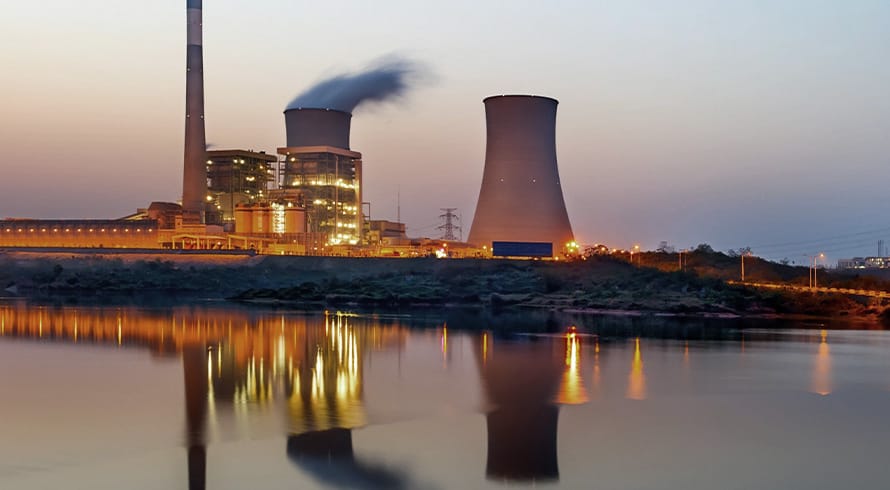The unpacking of a Strategic Integrated Project
At a glance
- The implementation of Strategic Integrated Projects (SIPs) is an important step towards achieving South Africa’s development goals.
- Applicants may apply to have their project declared as an SIP only if their projects meet the criteria as set out in section 7 of the IDA.
- The primary benefit of a project being declared an SIP is that the processes relating to any application for approval, authorisation, licence, permission, or exemption are streamlined.
What is an SIP?
Broadly speaking, SIPs are projects that are specifically designated as such in terms of the Infrastructure Development Act No 23 of 2014 (IDA).
In terms of section 7 of the IDA, for a project to qualify as an SIP, the project must comply with any of the following criteria:
- the project would be of significant economic or social importance to South Africa;
- the project would contribute substantially to any national strategy or policy relating to infrastructure development; or
- the project meets a certain monetary value determined by the Presidential Infrastructure Coordinating Commission (Commission), which has been established by the IDA.
In addition, the project must comprise one or more installation, structure, facility, system, service, or process relating to any matter specified in Schedule 1 and the project must be included in the national infrastructure plan by the Commission. Schedule 1 of the IDA then goes on to list the various types of structures, facilities, systems, services, and process applicable to the IDA, one of which is oil or gas pipelines, refineries, or other installations.
Practical steps
Applications to have a project declared an SIP must be lodged online with Infrastructure South Africa. The Commission will then decide whether or not to declare the project to be an SIP and this will be published in the Government Gazette. Applicants need to specify whether their project relates to the public sector or the private sector; thereafter applicants must submit the relevant documentation and complete the application form.
Schedule 2 of the IDA then provides the framework and guide for the implementation of an SIP:
- After the submission of the application, the steering committee shall consider and approve the application and the project plan within seven days.
- Public consultations regarding the application and project plan shall be held for 30 days.
- The applicant shall then have 52 days in which to amend the application and project plan and must submit it to the relevant authority for consideration and approval.
- After the approval of the project plan, the applicant shall have 60 days to submit a detailed development and mitigation plan based on an approved project plan to the relevant authority.
- Thereafter, public consultations regarding the development and mitigation plan shall be held for 44 days. These consultations also include a review of the development and mitigation plan by the relevant authority.
- Finally, the relevant authority shall have 57 days to consider and assess the development and mitigation plan and make a final regulatory decision.
SIPs in the oil and gas space
Several projects in the oil and gas sector have been declared SIPs in the Government Gazette:
- Renergen’s onshore Virginia Gas Project was declared an SIP on 6 December 2022. In October 2021 Renergen discovered a large concentration of helium on a site which produces liquified natural gas (LNG). The project has since been designated to have a “strategic” status. Currently, Renergen has continued the production of LNG while finalising construction plans on infrastructure for helium production.
- Several projects related to green hydrogen production were declared to be SIPs in November 2022 and given priority status. These onshore projects aim to produce different renewable energy resources, including green hydrogen and green ammonia. One of the projects that was declared to be an SIP is the Hydrogen Valley Programme which is estimated to be able to create 14,000 to 30,000 jobs per year and contribute billions to South Africa’s GDP.
In addition to this, the CEO of Kinetiko Energy Ltd has recently stated that a joint venture between Afro Energy Pty Ltd, a subsidiary of Kinetiko Energy Ltd, and South Africa’s Industrial Development Corporation was registered under the Government’s SIP mechanism. The joint venture project aims to appraise and produce LNG onshore. It is estimated that it will unlock around two trillion cubic feet in gas reserves in South Africa.
Benefits of a project being declared an SIP
The primary benefit of a project being declared an SIP is that the processes relating to any application for approval, authorisation, licence, permission, or exemption are streamlined.
In this regard, the IDA establishes mechanisms through which declared SIP projects are implemented in an effective and expeditious manner. Once declared to be SIPs, the projects are assigned to steering committees whose main purpose is to see out the implementation and operation of the SIPs. The steering committee will then be tasked with facilitating the implementation of the SIP in line with the time periods listed in Schedule 2 as outlined above.
Practically speaking, a project that has been designated as an SIP carries the benefit of accelerated timeframes for competent authorities to make a decision without compromising the process. In the context of oil and gas exploration and production, what this could mean is that permitting processes such as obtaining environmental authorisations, as required by the National Environmental Management Act 107 of 1998 will be faster since the Director General of the Department of Mineral Resources and Energy would be expected to make a final decision on the environmental authorisation sooner than what would be the case in the ordinary course.
Ultimately the benefit of a project being declared an SIP is substantial, particularly in sectors such as the oil and gas space which have considerable licencing and permit requirements. Where possible, companies should look to have their projects declared SIPs so as to speed up processes related to permits and licensing and to minimise time periods related to legislative obligations such as consultations and participations.
The information and material published on this website is provided for general purposes only and does not constitute legal advice. We make every effort to ensure that the content is updated regularly and to offer the most current and accurate information. Please consult one of our lawyers on any specific legal problem or matter. We accept no responsibility for any loss or damage, whether direct or consequential, which may arise from reliance on the information contained in these pages. Please refer to our full terms and conditions. Copyright © 2025 Cliffe Dekker Hofmeyr. All rights reserved. For permission to reproduce an article or publication, please contact us cliffedekkerhofmeyr@cdhlegal.com.
Subscribe
We support our clients’ strategic and operational needs by offering innovative, integrated and high quality thought leadership. To stay up to date on the latest legal developments that may potentially impact your business, subscribe to our alerts, seminar and webinar invitations.
Subscribe




